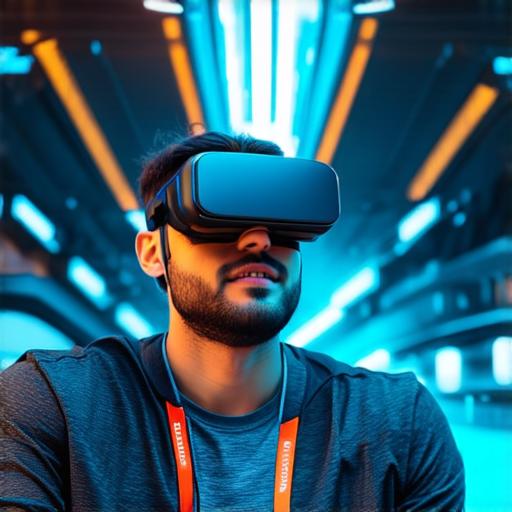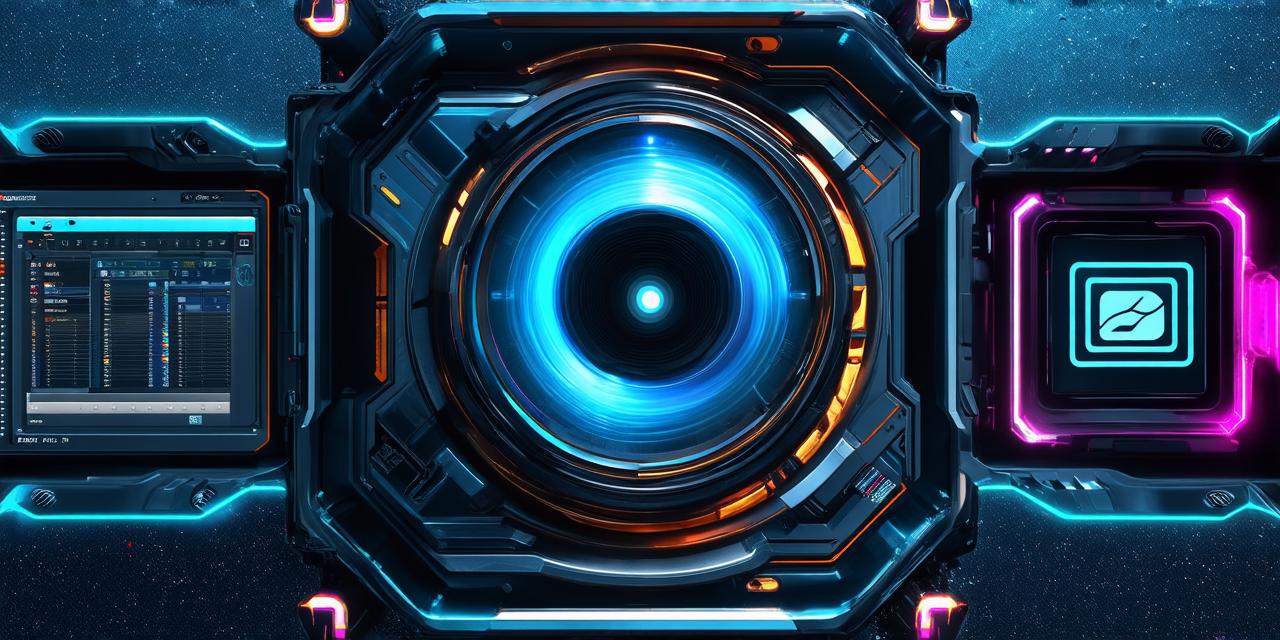Virtual reality (VR) technology is rapidly changing the way we interact with digital content and has opened up new possibilities for gaming, entertainment, education, and training.
As VR applications continue to grow in popularity, software development methodologies are becoming increasingly important for delivering high-quality experiences that meet user expectations and provide a seamless experience across different platforms and devices.
Introduction
In this article, we will explore some of the best software development methodologies for VR applications, including Agile, Waterfall, Scrum, and DevOps. We will examine the strengths and weaknesses of each approach and discuss how to choose the right methodology based on your project goals and requirements.
Agile Methodology for VR Applications
Agile is a popular software development methodology that emphasizes flexibility, collaboration, and continuous improvement. It involves breaking down projects into smaller, manageable tasks called sprints, which are typically two to four weeks in duration.
During each sprint, teams work together to deliver working software that meets specific goals and criteria. This approach allows for frequent feedback and iteration, enabling teams to quickly adapt to changing requirements and priorities.
Agile methodology is well-suited for VR applications because it enables developers to rapidly prototype and test new ideas and features, which is crucial in a rapidly evolving technology space. Additionally, Agile’s emphasis on collaboration and communication can help ensure that all stakeholders are aligned and working towards the same goals.

However, one potential challenge with Agile methodology for VR applications is the complexity of the technology and the need for specialized skills and expertise. Developing VR experiences requires a deep understanding of software development principles, as well as knowledge of specialized tools and frameworks. This can make it difficult to find qualified developers and designers who have the necessary experience to deliver high-quality VR applications.
Waterfall Methodology for VR Applications
Waterfall is a more traditional software development methodology that involves a linear, sequential approach to project management. It typically involves several phases, including requirements gathering, design, development, testing, deployment, and maintenance.
Each phase must be completed before moving on to the next, which can make it challenging to adapt to changing requirements or priorities.
Waterfall methodology can be useful for VR applications because it provides a clear structure for managing complex projects with multiple stakeholders. Additionally, this approach can help ensure that all necessary components and features are included in the final product, which is crucial for delivering high-quality experiences that meet user expectations.
However, one potential drawback of Waterfall methodology for VR applications is the inflexibility it provides. Once a project is launched, making changes or adding new features can be difficult and time-consuming, which can make it challenging to respond quickly to changing market conditions or user feedback.
Scrum Methodology for VR Applications
Scrum is another popular Agile methodology that emphasizes collaboration, flexibility, and continuous improvement. It involves breaking down projects into smaller, manageable tasks called sprints, which are typically two to four weeks in duration.
During each sprint, teams work together to deliver working software that meets specific goals and criteria. This approach allows for frequent feedback and iteration, enabling teams to quickly adapt to changing requirements and priorities.
Scrum methodology is well-suited for VR applications because it provides a framework for managing complex projects with multiple stakeholders. Additionally, this approach can help ensure that all necessary components and features are included in the final product, which is crucial for delivering high-quality experiences that meet user expectations.
However, one potential challenge with Scrum methodology for VR applications is the need for specialized skills and expertise. Developing VR experiences requires a deep understanding of software development principles, as well as knowledge of specialized tools and frameworks. This can make it difficult to find qualified developers and designers who have the necessary experience to deliver high-quality
